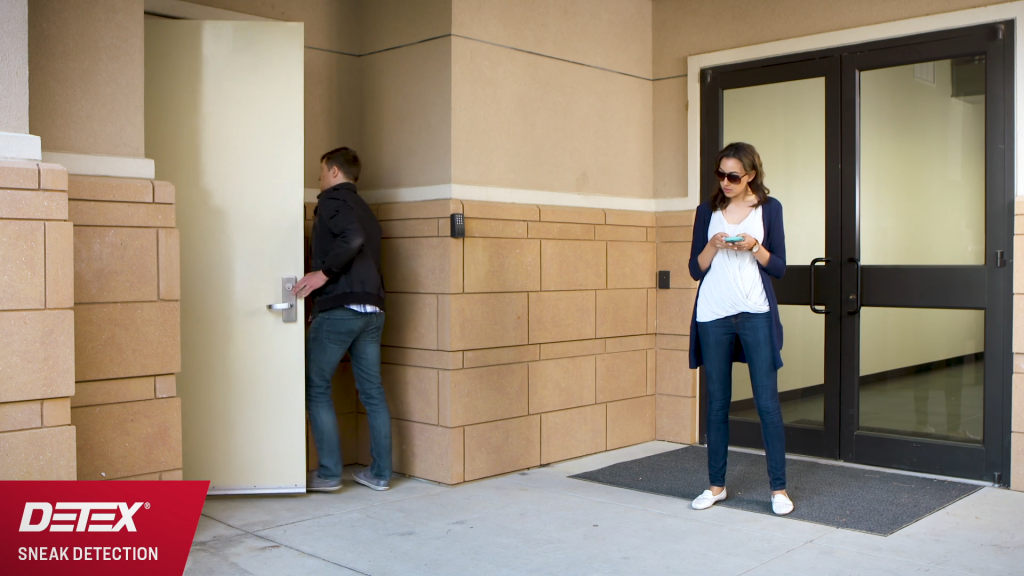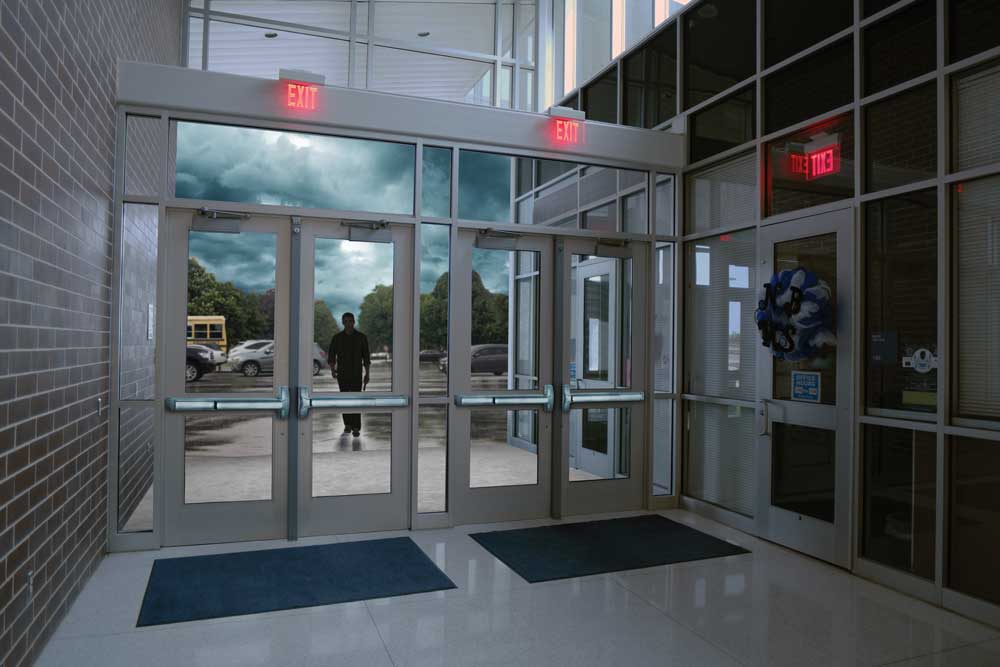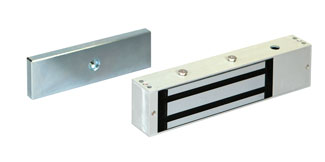
Our world is full of threats both external and internal. This whitepaper encourages looking at life safety and security measures on your campus from another perspective. Most facilities have addressed access control and the securing of main doors, but those should be measures of last resort. There are steps you can take — some that you may not have considered — to mitigate the threat before it arrives at your front door.
But the threat isn’t always external. What about the daily safety of your students and staff? Measures to alert security personnel when unauthorized access or egress is about to occur can be put in place to prevent an incident before it happens.
Supplemental security measures, such as securing perimeter entrances and installing devices to warn when secondary entry points are compromised, can increase your ability to protect your campus against threats.
Prevention is the key
The questions facing the person responsible for campus safety and security are numerous. How do you allow authorized staff to move freely through your facility, accessing areas that are restricted to the general public, but still allow egress during an emergency? Are you vulnerable to an attack from a disgruntled staff member, begrudged student, or stranger off the street? How effective is your access control system if staff or students are propping doors open? Can we put controls in place, but still meet ADA requirements?
We give these threats little thought until the unthinkable is broadcast on national news and then we scramble to ensure our faculty and students are not exposed to such a threat.
Examining security and safety on your campus from a holistic viewpoint can help prevent these threats from materializing. Enhance life safety and security measures on your campus with the addition of cutting-edge technology that works in conjunction with your existing systems, such as:
- Delayed egress devices with alarms
- Perimeter fencing emergency exit and access control
- Door prop alarms
- Tailgate detection systems and alarms
- Lockdown systems
1) Delayed egress devices
Delayed egress devices in education facilities can protect lives. Check your local fire and safety codes before installing delayed egress equipment. By installing delayed egress exit devices, you can:
- prevent unauthorized exit through secured openings.
- re-direct foot traffic to a specific corridor that is monitored by security personnel.
- combine them with electric latch retraction and automatic door operators for access control, which will allow staff to move freely throughout the facility while controlling visitor and student foot traffic.

2) Perimeter emergency exit and access control
Playgrounds with emergency exit gates that open near a busy street can be cause for concern. Where life safety codes restrict traditional locking of these gates, weatherized delayed egress may be an acceptable application, depending on the authority having jurisdiction. Weatherized delayed egress systems:
- include panic hardware that emits a loud local alarm, encouraging a student to move away from the area while alerting staff that someone is attempting to exit through the gate.
- provide staff time to react before the gate unlocks and helps to avoid a dangerous situation.
- feature access control that prohibits unauthorized entry.
- are tied into a fire alarm override, providing safe, undelayed exit during a fire emergency.
3) Door prop alarms
Supplementing existing door security with door prop alarms helps maintain a more secure environment. A door left propped open, even for a few seconds, can provide an easy access point for threats. Door prop alarm hardware will:
- alert personnel to an unsecure door via audible alarm.
- send an alert to any central security monitor.
- help prevent unauthorized personnel from entering the premises.

4) Tailgate detection technology
Access control systems and temporary visitor badges have become common in most school districts. However, regardless of the campus size, tailgate detection technology can be used to control access, allowing only authorized personnel access to to restricted areas. Tailgate detection systems will:
- sound an alarm if someone attempts to follow an authorized employee through a secure door.
- help secure areas that may contain sensitive material, expensive equipment, or personnel or student records.

5) Lockdown Systems
What is the safest, fastest, easiest and most cost effective means of locking down your campus? There are many answers; however, one way that has been overlooked by many security door consultants is the use of panic exit devices with electric dogging. When installed throughout a school facility, electric dogging allows all locking devices to be “energized” by one control switch that can be located in a centralized area of the building. Electric dogging:
- keeps doors in push / pull configuration.
- can be activated from one of several switches located throughout the campus to lock main doors in case of a required lockdown.
- provides additional security when electricity is removed by reverting to secure mode, effectively preventing entry at every door equipped with this type of device.
(Be aware that add-on mechanical options like hex or cylinder dogging may jeopardize the effectiveness of the lockdown system.)
Electric dogging is different than electric latch retraction. With latch retraction, applying power pulls the latch(s) back and holds them until power is removed. With electric dogging, after applying power a user must manually depress the pushpad to retract the latch(s). The latches stay retracted until power is removed from the device.
When electric dogging is applied to entry doors, it removes the need for a staff member, perhaps in the height of a crisis, to remember where the key is and how to lockdown the doors. The administrator, taking the responsibility off the shoulders of the education staff, makes the decision and takes action to lockdown. Electric dogging can:
- allow doors to be dogged for push / pull operation during a specific hours.
- automatically revert to secure mode at a pre-selected time, locking the doors to entry, but individuals leaving are still allowed to exit.
Put all the right pieces in one place for complete peace of mind.
Ensuring all the pieces of technology will work together is key. Manufacturers and some dealers will create a kit to fit your application that includes best-in class products along with wiring and riser illustrations to fit your application. Be careful of specification writers who supply only a list of products without a wiring diagram or information on how the items are integrated together. Failing to install the items correctly can create years of headaches and wasted money. Ensure the supplier understands your needs and offers time-tested products. Additionally, make sure they can support the installation with wiring diagrams, riser illustrations and technical support.









